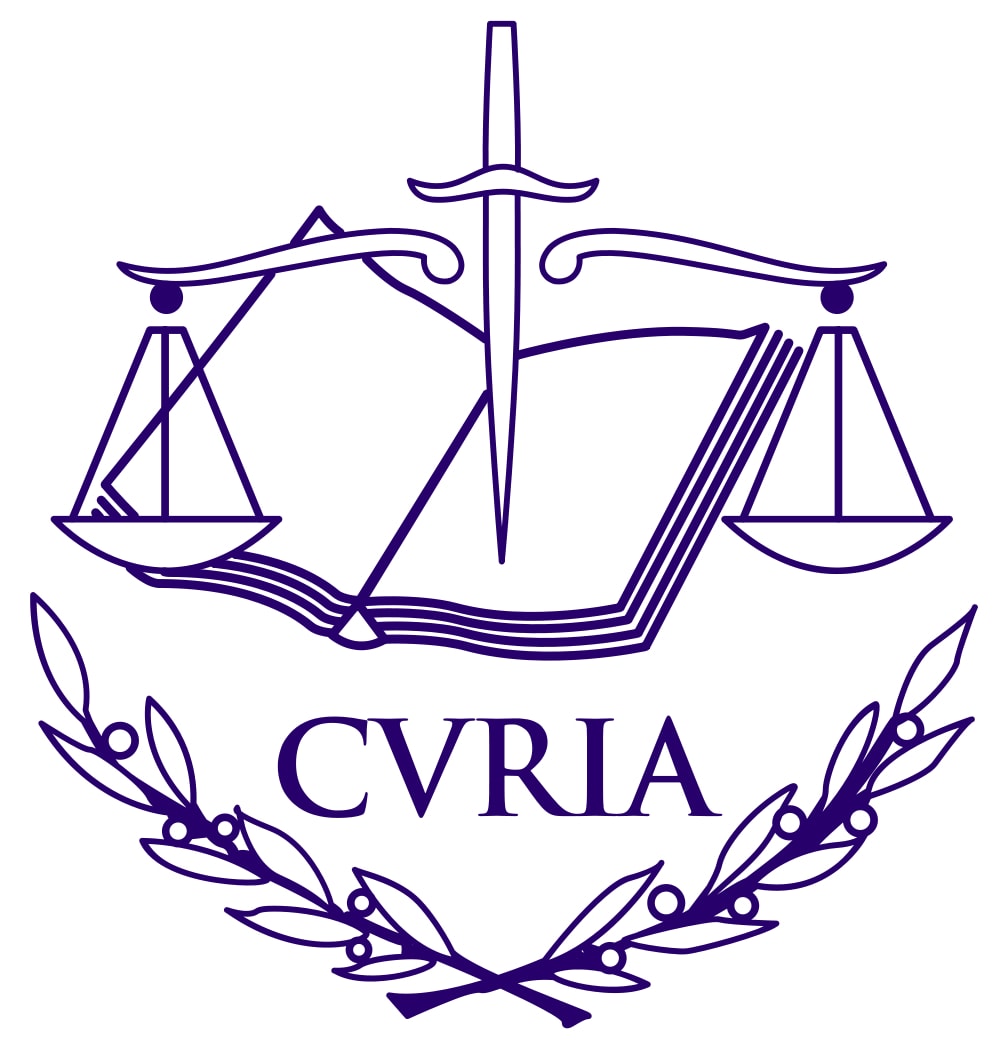The Future of Digital Textbooks
I’m back this evening from CoSN, the education policy conference I’ve been attending this week, and there’s this one post that I cannot go to sleep without writing.
For the longest time now I’ve thought that the future of textbooks was OER (open educational resources). I’ve never liked the fact that textbook publishers turned a profit of off people trying to get a better life. In fact, in the past I have said that education is the bridge to a better life, and textbook publishers are trolls living under the bridge exacting a toll on all who pass.
If what I saw this week comes to pass then we won’t have to pay off the trolls anymore. I’ve had a glimpse of a couple different possibility for the future of digital textbooks, and they blew my mind.
Sorry for mentioning them again, but Inkling and iBooks Author have been getting press as being new innovative ways to display textbooks. Now that I’m home from the conference, I finally realize how lacking innovation those apps are.
Do you know what the true innovators are doing with digital textbooks? They’re not, and that’s the innovation.
Take Arizona, for example. The state of AZ ha a de facto digital textbook repository, only unlike the repositories of CA, WA, and other states the AZ repository doesn’t have any digital textbooks in it.
First, it’s a de facto repository because it wasn’t started by the state; it grew out of the work of Vail Public Schools. You might have heard of them; they’re the folks who opened a high school in 2005 without a single textbook. And this school district hasn’t bought textbooks in years.
Instead they’ve been building a wiki of lesson plans, homework problems, useful videos, explanations, and everything a teacher might need to teach a class. It is now their primary source (and c0llection point) of education material. But this wiki isn’t set up as a collection of textbooks. Instead it’s organized based on AZ curriculum standards. Each required piece of info has its own page and acts as a collection point for any useful info created or found by the teachers.
I’ll cover Vail more in the future; I don’t want to completely blow your mind in one evening. But I will mess with your head a little more. The other really neat part about digital textbook innovation is that it doesn’t take a big organization to pull it off.
Yesterday I met a local 6th grade science teacher by the name of John Brishcar. He has replaced the Pearson textbooks he had been using with "textbooks" that he had assembled from open source content released by the CK-12 Foundation. Only he didn’t make textbooks; instead he has the content organized as single page PDFs. It takes a bunch to cover the school year, but each PDF stands alone. What’s more, John didn’t just develop the PDFs, he also mp3s for students to listen to as well as other useful materials. I plan to cover him in depth later, but for now you can find more on his site.
I’ve had several people tell me that textbooks are undergoing a radical shift right now, but I never really understood what that meant. Now I do.
Like I was trying to say in my post earlier today, the concept of a digital textbook is nebulous at the moment. The innovators are coming up with ways to dismember them, mix in new stuff, and simply do without while still presenting the same useful info to students.
The next time that someone gushes at you about Inkling or iBooks, remember this. The digital textbooks used by these 2 platforms are direct replacements for paper textbooks. They might have fancy gewgaws built-in to the books, but they are based on old concepts. They’re no more innovative than if you swapped out a tape deck for a CD player. You’re still getting the content from the same source.
P.S. If we continue that analogy, Vail PS would be the Free Music Archive and Mr. Brishcar would be an indie musician. They’ve broken ties with the old system, and that is what made their innovations possible.

Comments
CJJ March 7, 2012 um 10:20 pm
Interesting stuff. But this will be a bloody war. Without the high profits extracted by the big publishers educational divisions, investors will leave in droves. It’s the only bright spot left in their annual reports.